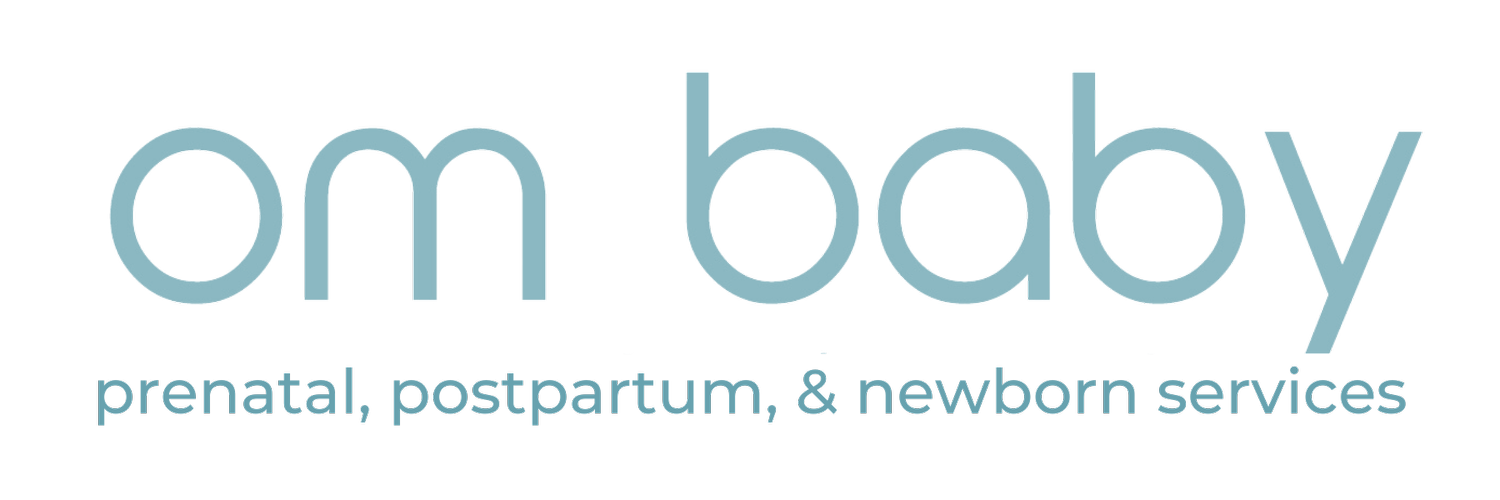SIDS Prevention!
The American Academy of Pediatrics offers the following tips for safe sleep for infants up to 1 year old:
Babies should sleep alone in their own crib, play yard or bassinet on a firm, flat mattress with a taut sheet.
Keep their sleep surface clutter-free, with no blankets, pillows, crib bumpers, stuffed animals or other objects.
Place your baby on their back for every sleep. If your baby is comfortable rolling both ways (back to tummy, tummy to back), then you do not have to return your baby to their back if they roll over on their own.
Keep your baby’s bassinet, play yard or crib in your room for the first six to 12 months.
Room-sharing decreases the risk of SIDS and makes it easier to feed, comfort and watch the baby.
Only bring your baby into your own bed to feed or comfort.
Return the baby to his or her own sleep space when you are ready to fall asleep.
Never place your baby to sleep on a couch, sofa or armchair.
Breastfeeding can reduce the risk of SIDS.
Avoid exposing your baby to smoke during pregnancy and after birth.
Make sure the baby is not overheated during sleep time.
Do not swaddle your baby if he or she shows signs of rolling over.
Choosing a Safe Sleep Space: The safest place for an infant to sleep is a crib, bassinet or play yard that conforms to the safety standards of the Consumer Product Safety Commission (CPSC). Look for slat spacing less than 2-3/8 inches, snugly fitting and firm mattresses, and no drop sides on the crib.
Bedside sleepers attach to the side of the parents’ bed. There is little research on the safety of bedside sleepers, but the CPSC has published safety standards for these products, and they may be considered as an option.
Babies should not routinely sleep in car seats, strollers, swings, infant carriers, and infant slings. Some of these products keep the baby in a position where their breathing could be compromised while sleeping.
Be wary of other products or devices that are marketed as places for babies to sleep, such as infant sleep positioners, inclined sleepers, or products with padded or pillow-like bolsters or wedges. Just because it is sold in a store, does not mean it has been tested for safety. Recently, inclined sleepers were recalled after they were associated with infant deaths.
Be wary of products that claim to reduce the risk of SIDS, such as wedges or positioners.
There is no evidence that special crib mattresses and sleep surfaces that claim to reduce the chance of rebreathing carbon dioxide when the infant is in the prone position reduce the risk of SIDS.

